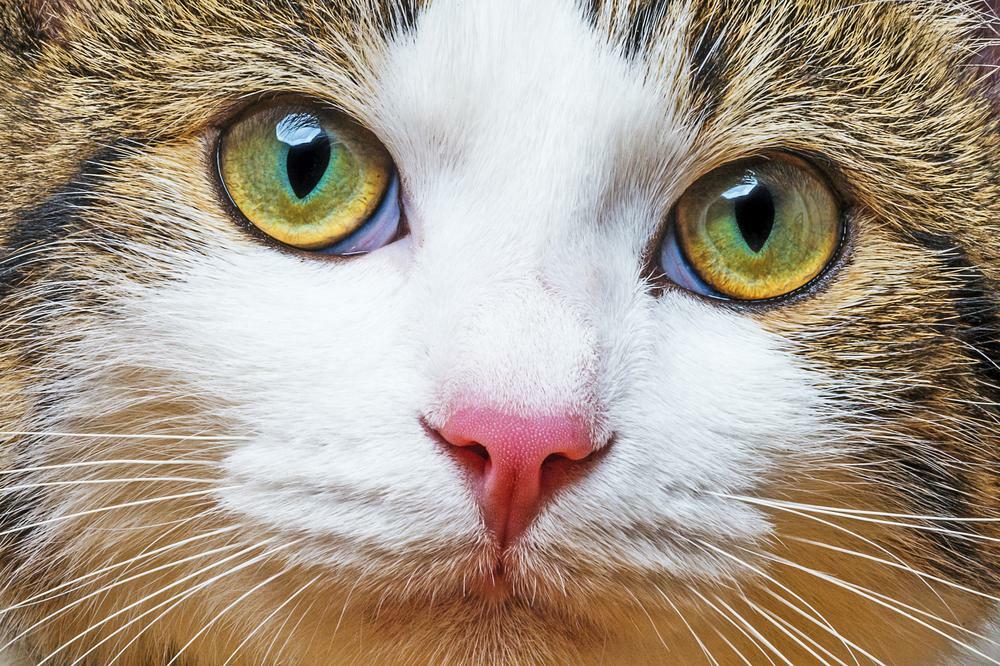Are you curious about Persian Cat myths? Wondering if those popular beliefs are true or just misconceptions? Well, you’ve come to the right place! In this article, we’ll be debunking some of the most common Persian Cat myths, so you can finally separate fact from fiction when it comes to these adorable felines.
If you’ve ever believed that Persian Cats are high-maintenance or aloof, get ready to have your mind changed. We’ll explore the truth behind these stereotypes and provide you with accurate information about these beautiful creatures. So, stay tuned and discover the fascinating world of Persian Cats as we debunk popular beliefs and uncover the truth behind them. You won’t want to miss it!
In this article, you’ll learn all about Persian Cat myths and the reality behind them. We’ll dive into topics such as their grooming needs, personality traits, and whether they are truly as aloof as people believe. So, if you’ve ever wondered if Persian Cats are the right fit for you or if the myths surrounding them hold any truth, this article will have all the answers you’re looking for. Stay tuned and get ready to debunk those popular beliefs about Persian Cats!
Persian Cat Myths: Debunking Popular Beliefs
Persian cats are one of the most beloved and recognizable cat breeds in the world. Their luxurious coats, distinctive facial features, and gentle temperament make them a favorite among cat enthusiasts. However, like any popular breed, Persian cats have their fair share of myths and misconceptions surrounding them. In this article, we will debunk some of the most common Persian cat myths and shed light on the truth behind these popular beliefs.
Ancestral roots of Persian cats
Persian cats can trace their lineage back thousands of years. They are believed to have originated in Persia, which is now modern-day Iran. These cats were highly regarded and valued by the ancient Persians for their beauty and grace. Over time, Persian cats spread to other regions and were favored by royalty and nobility for their regal appearance.
Historical background
Throughout history, Persian cats have been celebrated for their elegance and charm. They were prized possessions in many ancient and medieval civilizations, with their popularity reaching its peak during the Victorian era in Europe. During this time, breeding programs focused on enhancing the Persian cat’s appealing physical characteristics, resulting in the development of various coat colors and patterns.
Modern development
In the modern era, Persian cats have continued to captivate cat lovers worldwide. Breeders have taken great care to preserve the breed’s distinct features while adapting to contemporary standards. The development of diverse coat colors and patterns has made Persian cats even more visually stunning. However, with their popularity, several myths and misconceptions have arisen. Let’s debunk these myths and uncover the truth about Persian cats.
Distinctive coat characteristics
One of the most well-known traits of Persian cats is their long, flowing coats. However, there is a common misconception that all Persian cats have the same type of coat. In reality, Persian cats come in different coat varieties, including the traditional Persian, the doll-faced Persian, and the modern Persian. Each type has its own distinct characteristics but all require regular grooming to keep their coats healthy and free from mats.
Facial features
Another popular myth about Persian cats is that they all have flat faces. While it is true that some Persian cats have a more pronounced flat face with a short muzzle, not all Persians have this feature. The traditional Persian cat, also known as the doll-faced Persian, has a more natural facial structure with a longer nose and less extreme features. These cats retain the same charming expression and gentle temperament as their flat-faced counterparts.
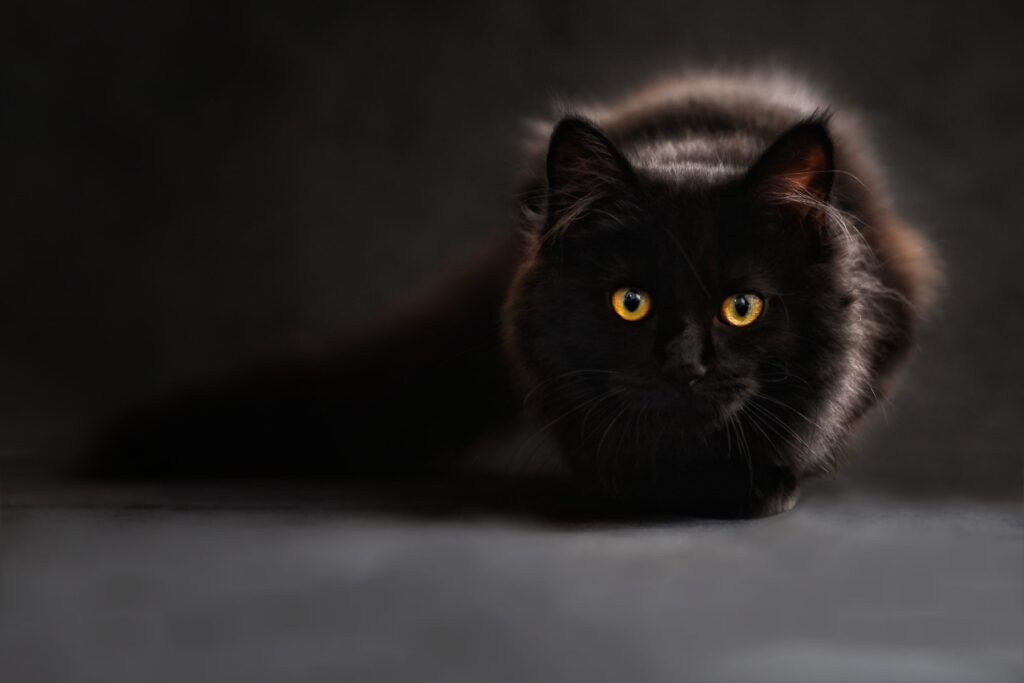
Body type
Persian cats are often associated with being overweight or lazy due to their calm and laid-back nature. However, this is a misconception. While Persian cats do have a tendency to be less active compared to some other breeds, it is essential for their overall health and well-being to engage in regular exercise and maintain a healthy weight. Encouraging playtime and providing interactive toys can help keep Persian cats physically active.
Suitability as indoor pets
Persian cats are often seen as ideal indoor pets due to their calm and relaxed nature. They are content to spend their days lounging on comfortable surfaces and observing their surroundings. However, it is crucial to provide them with environmental enrichment such as scratching posts, toys, and climbing structures to keep them mentally stimulated. Persian cats can adapt well to apartments or smaller living spaces as long as they have access to their basic needs and plenty of love and attention from their owners.
Temperament and behavior
One of the most enduring myths about Persian cats is that they are aloof and standoffish. In reality, Persian cats are known for their gentle and affectionate temperament. They enjoy the company of their human companions and thrive on receiving attention and affection. Persian cats are often calm, tolerant, and patient, making them excellent companions for families, including children and other pets.
Grooming needs
Grooming is an essential aspect of caring for a Persian cat, and many myths surround their grooming requirements. One common misconception is that all Persian cats require daily grooming. While Persians with longer coats may benefit from daily brushing to prevent matting, shorter-haired Persians may only require weekly grooming sessions. It is important to establish a grooming routine from an early age to help Persian cats become accustomed to being groomed.
Misconceptions about their temperament
There is a popular belief that Persian cats are high-maintenance and high-strung. This misconception often stems from their luxurious appearance and the assumption that they require constant attention. While Persian cats do appreciate a peaceful and calm environment, they are generally not overly demanding or prone to excessive grooming behavior. Like any cat, providing them with a loving and stable home will help ensure a happy and well-adjusted temperament.
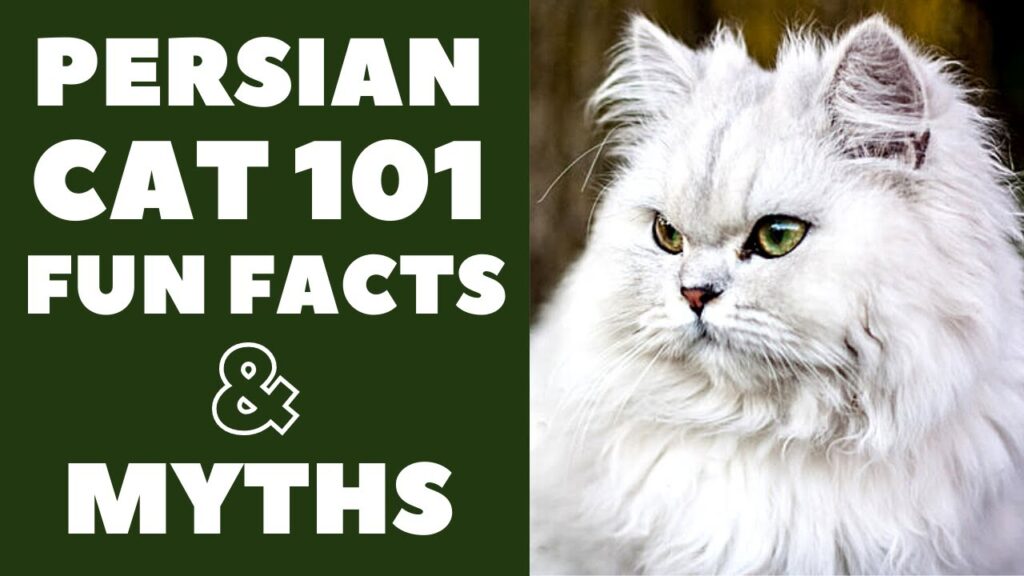
Health concerns and misconceptions
Another common myth surrounding Persian cats is that they are prone to numerous health issues. While it is true that Persian cats may have certain breed-specific health concerns, such as respiratory problems or eye issues, proper breeding practices and regular veterinary care can minimize these risks. Regular check-ups, vaccinations, and preventive measures can help ensure that Persian cats live long and healthy lives.
Grooming misconceptions
Grooming is an essential part of caring for a Persian cat, but there are several misconceptions surrounding their grooming needs. Some people believe that shaving a Persian cat’s coat will help reduce shedding. However, shaving a Persian cat’s coat is not recommended unless there is a medical or grooming necessity. Regular brushing and grooming can effectively manage shedding without the need for drastic measures.
Cognitive abilities
One misconception about Persian cats is that they are not particularly intelligent compared to other breeds. However, this is not true. Persian cats possess a range of cognitive abilities that may not be immediately apparent. They are observant and have excellent memory skills, allowing them to learn from their environment and experience.
Learning capabilities
Persian cats have the capacity to learn tricks and commands through positive reinforcement training. With patience and consistency, they can be taught to respond to their names, perform simple tricks, and even use litter boxes with ease. Their calm and docile nature makes them responsive to training methods that focus on rewards and positive reinforcement.
Problem-solving skills
While Persian cats may not possess the problem-solving skills of certain breeds known for their high intelligence, they are more than capable of finding creative solutions to everyday challenges. Persian cats are known for their adaptability and resourcefulness when faced with obstacles or puzzles. This ability, paired with their gentle and easygoing nature, makes them a pleasure to share a home with.
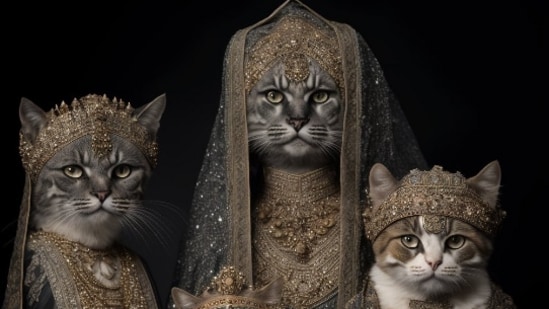
Persian cats in movies and literature
Persian cats have made appearances in various movies and literary works over the years. Their distinct appearance and regal demeanor have often been associated with elegance and sophistication. Some notable appearances include the Cheshire Cat in Lewis Carroll’s “Alice in Wonderland” and the cat named Mr. Tinkles in the movie “Cats & Dogs.”
Symbolism and representation
In many cultures, Persian cats are considered symbols of beauty, grace, and luxury. They are often associated with wealth, prosperity, and good fortune. Persian cats have been depicted in art, literature, and folklore throughout history, leaving an indelible mark on human culture.
Famous Persian cats
Several famous Persian cats have gained widespread recognition for their remarkable features or unique personalities. Creme Puff, recognized by the Guinness World Records as the oldest cat ever recorded, was a Persian cat. Choupette, the beloved companion of fashion designer Karl Lagerfeld, has also become a famous Persian cat in recent years.
Choosing a reputable breeder
When considering adding a Persian cat to your family, it is essential to choose a reputable breeder. Look for breeders who prioritize the health and well-being of their cats, practice responsible breeding to maintain genetic diversity, and provide proper socialization for their kittens. Reputable breeders will be happy to answer any questions you may have and provide documentation of health clearances for their cats.
Feeding and nutrition
Proper nutrition is vital for the overall health and well-being of Persian cats. It is important to choose a high-quality cat food that meets their specific nutritional needs. Persian cats may require a diet that is lower in calories and fat to prevent obesity, as well as special consideration for their dental health. Consult with your veterinarian to determine the best diet for your Persian cat based on their individual needs.
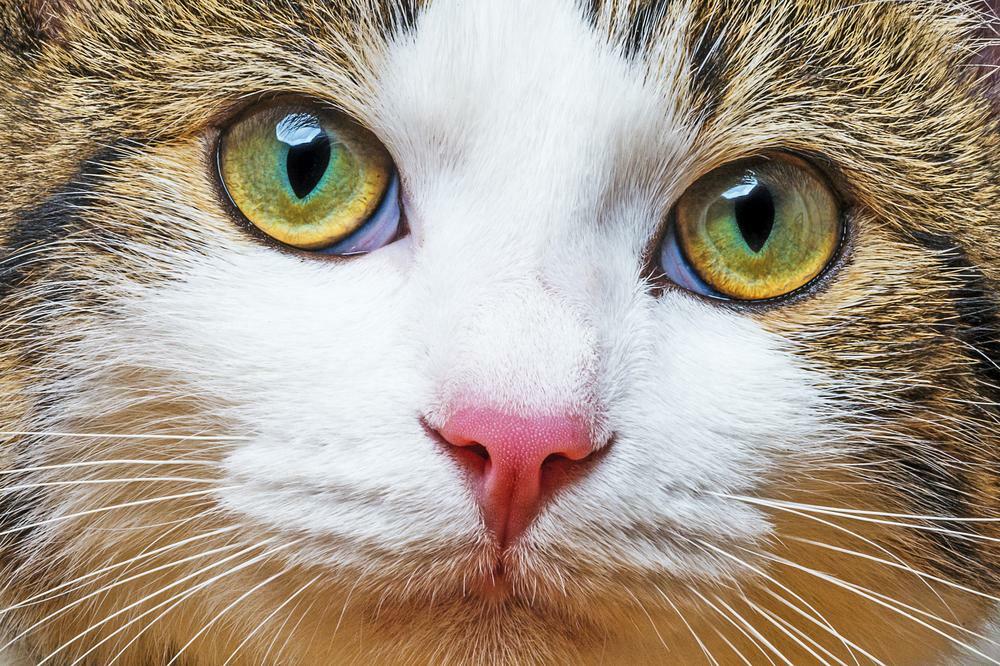
Healthcare and vaccinations
Persian cats require regular healthcare, including vaccinations, deworming, and annual check-ups. Regular veterinary care helps to identify and address any potential health concerns at an early stage. It is crucial to follow a vaccination schedule recommended by your veterinarian to protect your Persian cat from common infectious diseases.
Dispelling the myth of hypoallergenic cats
One prevalent myth surrounding Persian cats is that they are hypoallergenic. While Persian cats may produce fewer allergenic proteins than some other breeds, they are not completely hypoallergenic. People with allergies should spend time with a Persian cat before bringing one into their home to gauge their individual sensitivity.
Managing allergies in households with Persian cats
If you or a family member has allergies but still wish to own a Persian cat, there are steps you can take to manage allergies effectively. Regular grooming and bathing of the cat, frequent cleaning of the living environment, and the use of air purifiers can help reduce the allergenic proteins present in the environment and minimize allergic reactions.
Inbreeding concerns
One common misconception about Persian cats is that they are heavily affected by inbreeding. While inbreeding can occur within certain breeding programs, responsible breeders prioritize genetic diversity and aim to produce healthy kittens. It is important to choose a reputable breeder who follows ethical breeding practices and ensures the health and well-being of their cats.
Ethical breeding practices
Reputable breeders prioritize the health and welfare of their cats and aim to improve the breed through responsible breeding practices. They engage in genetic testing to identify potential health issues, screen for inherited diseases, and select breeding pairs with diverse genetic backgrounds. Responsible breeders also provide appropriate veterinary care, socialization, and a loving environment for their cats and kittens.
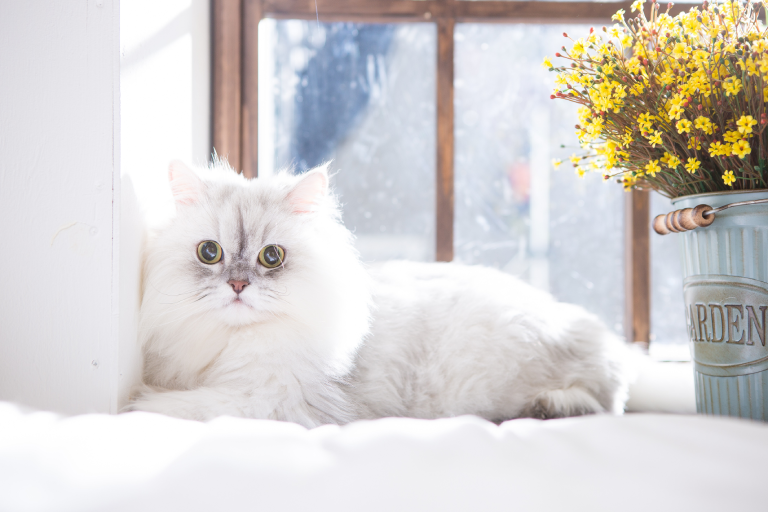
Genetic diversity
Genetic diversity is important for the overall health and well-being of a breed. While Persian cats may have a predisposition to certain health conditions due to their breeding history, responsible breeders actively work to introduce genetic diversity into their breeding programs. By carefully selecting breeding pairs and conducting genetic testing, breeders can reduce the likelihood of passing on inherited diseases and promote the overall health of the breed.
Reasons for their popularity
The popularity of Persian cats can be attributed to several factors. Their stunning appearance and calm temperament make them visually appealing and suitable as companion animals. The breed’s long history and association with beauty and elegance have also contributed to its popularity. Additionally, Persian cats’ suitability for apartment living and their affectionate nature make them ideal pets for people living in urban environments.
Trends in ownership
Ownership trends for Persian cats have shifted over the years. While they were once predominantly seen in the homes of aristocracy and the wealthy, Persian cats have become more accessible to a wider audience. The internet and social media have also played a role in the increased visibility and popularity of Persian cats, allowing cat enthusiasts from around the world to connect and share their love for the breed.
Persian cats in cat shows
Persian cats are a common sight in cat shows around the world. Their stunning beauty and distinctive appearance make them popular contenders in various competitions. Persian cats are often showcased in categories such as Longhair, Solid, Bicolor, Calico, and Tortoiseshell, where their coat colors and patterns are evaluated and appreciated.
Therapeutic effects of owning a Persian cat
Owning a Persian cat can have therapeutic effects on individuals, both physically and mentally. Studies have shown that interacting with a cat can help reduce stress levels, lower blood pressure, and improve overall mood. The soothing presence of a Persian cat and the act of petting and cuddling can provide comfort and emotional support to their owners.
Emotional support animals
Persian cats have been recognized as emotional support animals due to their calming and affectionate nature. They can provide a sense of companionship and comfort, particularly to individuals dealing with anxiety, depression, or other mental health conditions. Those who require emotional support and companionship may find solace in the gentle and nurturing presence of a Persian cat.
Role in reducing stress and anxiety
Cats, including Persian cats, have been shown to reduce stress and anxiety levels in their owners. The act of petting a cat and spending time in their company can release feel-good hormones such as oxytocin and serotonin, leading to a sense of relaxation and tranquility. Persian cats’ calm and soothing presence make them particularly effective in helping people manage stress and anxiety.
Variations in coat colors and patterns
Persian cats are available in a wide range of coat colors and patterns, making them highly sought after by cat lovers. Some popular colors include white, black, blue, red, and cream, while patterns can vary from solid to tabby, tortoiseshell, calico, and more. Each variation adds to the uniqueness and allure of Persian cats.
Popular color preferences
There are various color preferences among Persian cat enthusiasts. While the classic white Persian cat remains one of the most sought-after color choices, other colors such as silver, shaded, and chinchilla are also popular. The preference for specific colors may vary depending on personal tastes and the desire to own a cat that stands out from the crowd.
Genetics of coat color inheritance
The inheritance of coat colors and patterns in Persian cats is a complex subject governed by multiple genes. Different combinations of genes determine the expression of specific colors and patterns, resulting in the variations seen in Persian cats. Breeders carefully select breeding pairs to produce specific colors or patterns, often following established guidelines and breed standards.
Superstitions and beliefs in different cultures
Superstitions and beliefs surrounding Persian cats vary across different cultures. In some cultures, Persian cats are seen as bringers of good luck and prosperity, while others view them as symbols of protection against evil spirits. Some believe that their distinctive facial features and striking eyes have supernatural qualities, while others associate their presence with myths and legends.
Debunking bad luck myths
One prevalent myth surrounding Persian cats is that they bring bad luck. However, this belief is not supported by any factual evidence. Persian cats, like any other breed, are simply pets that can bring joy, companionship, and love into people’s lives. Owning a Persian cat is unlikely to result in bad luck or negative experiences.
Promoting positive perceptions
By debunking myths and misconceptions surrounding Persian cats, we can promote a more positive perception of the breed. Persian cats are known for their beauty, gentle nature, and affectionate temperament. By focusing on their positive qualities and dispelling negative beliefs, we can encourage a greater appreciation for Persian cats and better understanding of their needs and characteristics.
In conclusion, Persian cats are a fascinating and beloved cat breed with a rich history and distinctive features. Debunking the myths and misconceptions surrounding them helps paint a more accurate picture of their true nature. By providing reliable information and promoting positive perceptions, we can further appreciate and enjoy the delightful companionship of Persian cats in our lives.
Common Questions and Answers
-
Q: Are Persian cats high-maintenance pets? A: While Persian cats do require regular grooming to maintain their long coats, they are generally not high-maintenance in terms of their overall care. With proper grooming routines and regular veterinary check-ups, they can thrive as happy and healthy pets.
-
Q: Do all Persian cats have flat faces? A: Not all Persian cats have flat faces. While some may have a more pronounced flat face with a short muzzle, others have a more natural facial structure with a longer nose. These variations are determined by the type of Persian cat and personal breeding preferences.
-
Q: Are Persian cats suitable for families with children? A: Yes, Persian cats can be excellent companions for families with children. They have a gentle and tolerant temperament, making them suitable for households with kids. However, it is essential to teach children how to properly handle and interact with cats to ensure a harmonious relationship.
-
Q: Do Persian cats shed a lot? A: Persian cats are known for their long and luxurious coats, which can result in shedding. Regular grooming and brushing can help manage shedding and keep their coats healthy and mat-free.
-
Q: Can Persian cats be left alone for long periods? A: Persian cats are generally calm and relaxed, making them more suitable for owners who work long hours or have busy lifestyles. However, it is important to provide them with environmental enrichment, such as toys and scratching posts, and ensure they have access to food, water, and a clean litter box.
-
Q: Do Persian cats have any specific health concerns? A: Persian cats may be prone to certain health issues, including respiratory problems and eye conditions. Regular veterinary check-ups and preventive care can help identify and manage any potential health concerns.
-
Q: Are Persian cats hypoallergenic? A: Persian cats are not completely hypoallergenic, although they may produce fewer allergenic proteins than some other breeds. Individuals with allergies should spend time with a Persian cat before bringing one into their home to assess their individual sensitivities.
-
Q: Can Persian cats be trained to perform tricks? A: Yes, Persian cats can be trained to perform tricks and respond to commands through positive reinforcement training. With patience and consistency, they can learn various behaviors and commands, making training sessions a fun activity for both the cat and their owner.
-
Q: How often should Persian cats be groomed? A: The grooming needs of Persian cats depend on their coat type. Generally, Persian cats with longer coats may require daily brushing to prevent matting, while shorter-haired Persians may only need grooming sessions once or twice a week.
-
Q: Can Persian cats live in apartments? A: Yes, Persian cats can adapt well to apartment living, given they have access to their basic needs and receive adequate mental and physical stimulation. Providing them with scratching posts, climbing structures, and interactive toys can help keep them entertained and happy in smaller living spaces.
